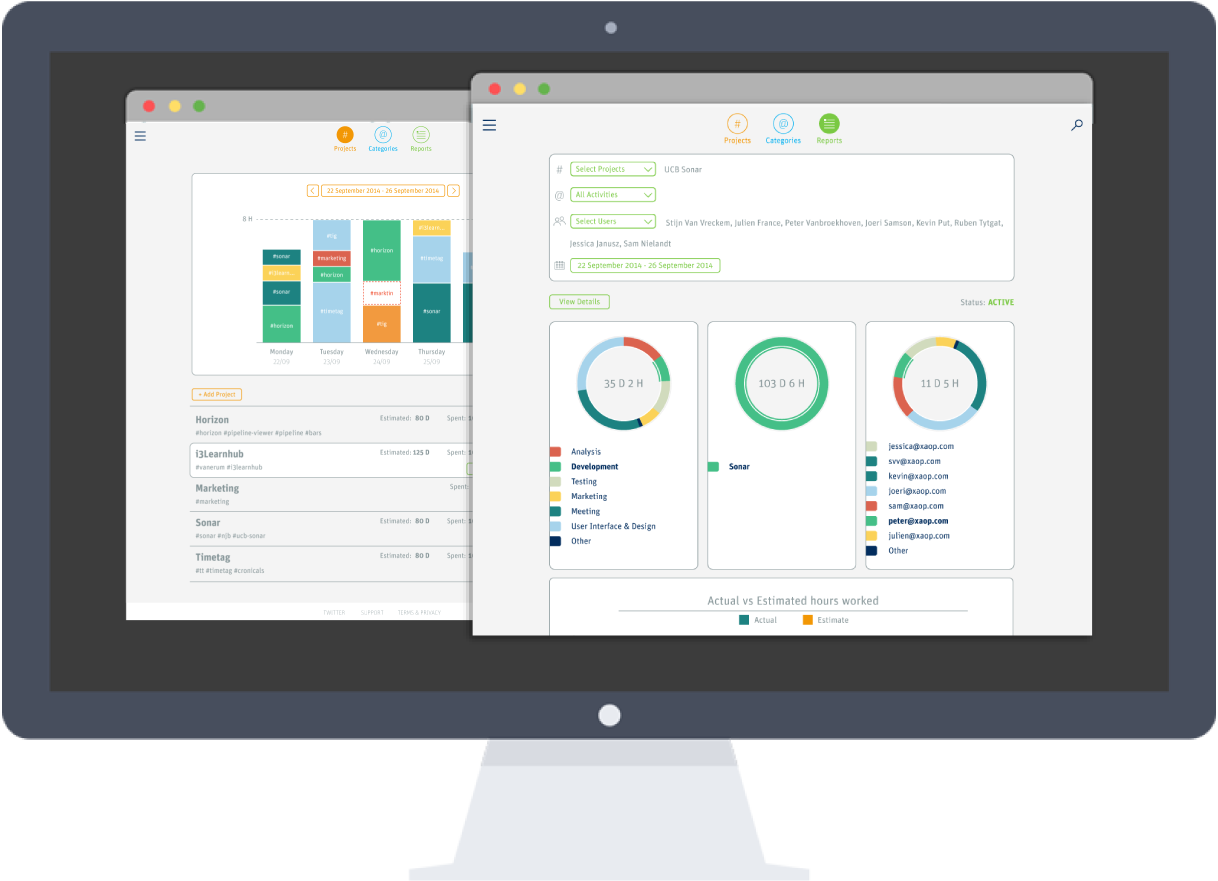

What files are made and what commands are being run to make them?īefore getting into the commands, it would be useful to know how to see the various parameters that are used for a particular pulsar. So, in the make command I gave above, it would keep 6 commands running (assuming there are commands available to run) and would only run additional commands if the load is below 10. It means to only start up new commands if the “load” on the computer is below the given value. The -l option is used in order to try to prevent make from using too many resources. The -j option tells make how many “threads” to use, which is essentially how many commands to keep running at once. We would like to take advantage of as much of the computing resources as we can (though we don’t want to end up trying to use too much). However, this would run every command one at a time. The simplest make command, which tells it to just make all of the files is: With a properly made makefile, GNU make will sort out all of these dependencies and run them in the correct order. Many of the commands can depend on other commands within the makefile. A makefile is a set of rules (or recipes) that tells GNU “make” how to get from input files to a set of files that are required at the end. This database stores the best DM for this pulsar as well as various parameters that are optimal for the pulsar based on its spin period, DM, and how bright it is.
#TIMETAG TROUBLESHOOTING FREE#
Typically, pulsar observations are done using 2 beams and if you have both files and they are free from timetag errors, then this should be a “1”.īehind the scenes, there is quite a bit going on, first the script will look up information about the pulsar that you gave it, which is stored in a database. The “0” or “1” that is supplied as the second argument to the script tells it either to combine the data from the two files (“1”) or not (“0”). Some of these data products are what you will be using to “time” your pulsar. This is “simply” a script written in Python that takes the names of the LWA raw data files that you supply (FILENAMES) and generates a GNU Makefile (which we redirected to the file named Make.psr) that can be used to generate all of the reduced data products for the specified pulsar (PSRNAME) to be put in the LWA Pulsar Archive. $ /home/kstovall/bin/makereducepulsar.py PSRNAME 0/1 FILENAMES > Make.psr

So, before getting into the rest of the data analysis, it is generally a good idea to check for these timetag errors at the beginning. If there is a break in the data, we can tell from these time tags and we call these “timetag errors”. Each frame has a time tag recorded with it to let us know what time the data corresponds to. In order to know whether or not such a break has occurred, the data are recorded in pieces that we call “frames”. If there is a slow down in DP or when writing the disks, there can be a break in the data. These signals go into an analog receiver (ARX or ASP) and then into a digital processor (DP) which then sends the data into “Data Recorders” where the signal is written to a set of disks. Checking a file for “timetag errors”Ī station of the LWA consists of ~256 dipole antennas each with two polarizations for a total of 512 signals. Of course, this is a fairly complicated process, but luckily the hard work has already been done to develop the various tools needed.

#TIMETAG TROUBLESHOOTING ARCHIVE#
LWA Pulsar data is reduced to a large number of data products with the intent to allow for us to do whatever reduction we wish to do and also to allow any future pulsar astronomers who grab the data from the LWA Pulsar Data Archive to do whatever it is they want to do.

Accompanying lecture: LWA Pulsar Data Reduction Intro


 0 kommentar(er)
0 kommentar(er)
